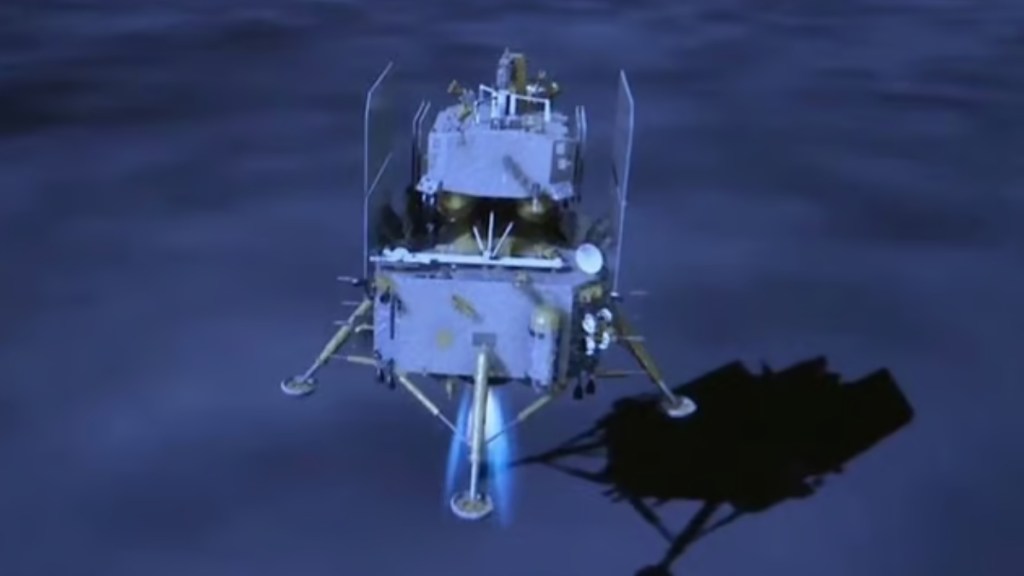China’s Chang’e-6 unmanned spacecraft successfully landed on the far side of the moon on Sunday, marking a historic mission to collect the first-ever rock and soil samples from this unexplored region of the lunar surface. The China National Space Administration (CNSA) confirmed the landing in the vast South Pole-Aitken Basin at 6:23 am Beijing time.
The mission, launched on May 3, aims to retrieve some of the oldest rocks from the impact crater, making it a groundbreaking endeavor in lunar exploration.
China is the only country to have reached the far side of the moon twice, the previous mission being the Chang’e-4 in 2019.
According to China’s state-run Xinhua news agency, the CNSA reported that the “lander-ascender combination began the powered descent at 6:09 am.” During the descent, an autonomous visual obstacle avoidance system was employed to detect obstacles automatically. A visible light camera selected a relatively safe landing area based on the lunar surface’s brightness and darkness.
The CNSA further detailed that the combination hovered about 100 meters above the chosen landing site, using a laser 3D scanner to detect obstacles and finalize the landing site before making a slow vertical descent. As it neared the surface, the combination shut down its engine and landed via free fall, protected by a cushioning system.
The Chang’e-6 spacecraft includes an orbiter, a returner, a lander, and an ascender. If successful, the mission will provide China with a pristine record of the moon’s 4.5 billion-year history and offer new insights into the solar system’s formation, according to Reuters.
This mission will also enable an unprecedented comparison between the moon’s unexplored far side and its well-studied Earth-facing side. The South Pole-Aitken Basin is one of the largest known impact craters in the solar system.
The far side of the moon, perpetually facing away from Earth, is dotted with deep, dark craters, which complicates communications and robotic landing operations.

